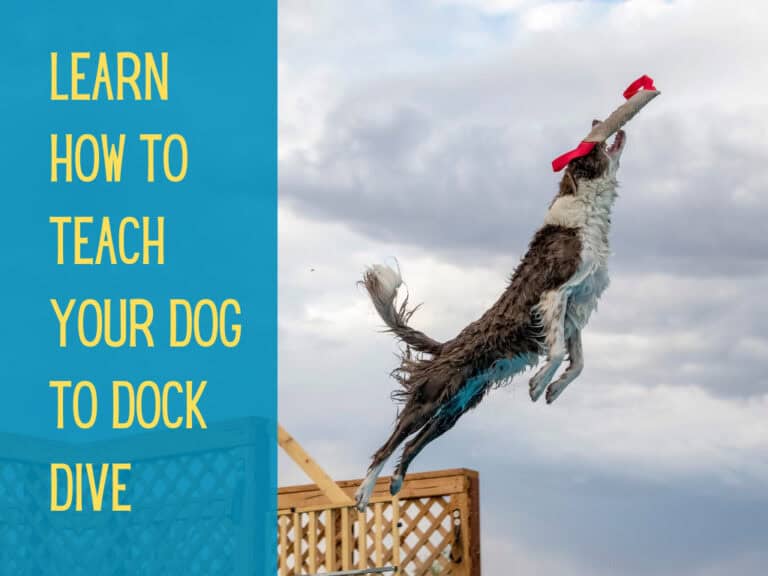How to Introduce a Cat to a Dog: 5 Easy & Safe Steps

Meraki Dogs may earn a small commission when you buy through links on this site at no cost to you. See our disclaimer here.
Are you considering adding a new cat or dog to your family?
Bringing home a new pet is exciting—until it’s time for introductions. That’s when the daydream of cute cuddles on the couch turns into you Googling “how to break up a pet fight without losing a limb.”
Truth is, the first meeting between a cat and dog can set the tone for their entire relationship. Go too fast, and you’re looking at stress, aggression, or worse. Go too slow, and you’ll feel like you’re staging a Cold War summit in your living room.
That’s where this guide comes in.
We’re walking through exactly how to introduce a cat to a dog—safely, strategically, and with your sanity intact. Whether you’re bringing home a new cat to meet your dog, or introducing a new pup to your longtime cat, these steps will help you set the stage for harmony instead of chaos.
Key Takeaways
- Never rush the first meeting—start with scent and controlled exposure.
- Monitor body language closely to assess comfort and readiness.
- Use barriers, leashes, and even muzzles as tools—not punishments.
- Always supervise until both pets are consistently calm around each other.
- Each step may take days or even weeks. Don’t rush the process!
How to Introduce a Cat to a Dog
This isn’t a “let’s see how it goes” situation. Follow these structured steps to avoid turning your living room into a live-action version of Tom & Jerry.
- Initial separation and exploration
- Focus on the scent
- Meeting between barriers
- On-leash meeting
- Free roaming
Read on for more detailed steps towards a healthy introduction between canine and feline.
Step 1: Initial Separation and Exploration
Let’s get this out of the way: do not toss your cat and dog into the same room and hope for the best. That’s not an introduction—it’s a showdown.
Start by keeping them completely separate. Your new pet needs time to decompress in their new space without the stress of another animal sniffing at the door. For cats especially, set up a dog-free zone with a litter box, food, water, and comfy spots to hide.
Meanwhile, let your resident pet get used to the new smells under the door. This low-stakes introduction lays the groundwork without the pressure of face-to-face interaction.

Step 2: The Essence of Scent Acclimation
Before your pets even lay eyes on each other, let them meet nose-to-nose via scent. Swap blankets, toys, or bedding between them daily.
If you’re brave (and have Febreze), you can let each pet explore the other’s space alone. This helps normalize the other’s smell throughout the house, not just in one corner.
Signs of progress? Curiosity without tension. Maybe even some pawing or playfulness under the door. Don’t rush—spend a few days here.

Step 3: Meeting Between Barriers
Now it’s time for visual contact, but we’re still playing it safe. Use a baby gate, crate, or exercise pen so they can see each other without the risk of fur flying.
Watch their body language like a hawk. Is the dog hyper-fixated? Is the cat hissing or hiding? Redirect and reward calm behavior.
Think of this like dating with a chaperone—low pressure, no touching, and everyone stays safe.

Step 4: Supervised On-Leash Interaction
Once your pets can chill near each other with a barrier, you’re ready for the real test.
Put the dog on a leash (tired from some exercise, please), and let the cat roam freely. The leash is your insurance policy if the dog decides to go full track-and-field athlete.
Let the cat set the pace. No forced cuddles. No chasing games. Just casual observation and calm vibes.
If your dog has a solid “place” command, use it. If your dog has a history of high prey drive, use a muzzle too. No shame—just smart management.

Step 5: Gradual Transition to Free Roaming
You’re almost there! However, be sure that certain conditions are met before both pets can enjoy unrestricted interaction:
- Dog’s Behavior: The dog should be calm without obsessively focusing on the cat.
- Cat’s Comfort: The cat should appear relaxed and unthreatened when near the dog.
- No Chasing: The dog should have demonstrated restraint over an extended period, refraining from chasing the cat.
So your dog isn’t lunging, your cat isn’t bolting, and nobody’s being a drama queen? Congrats! You’re ready to test free roaming.
But don’t just unclip the leash and go make a sandwich. Stay present, stay watchful, and keep the leash on for quick intervention if needed.
This phase can take weeks to fully trust, and that’s okay. Progress is progress—even if it’s slow.
Essential Guidelines for a Smooth First Introduction
Here’s how to stack the odds in your favor:
- Equal Attention – Don’t love-bomb the new pet and ignore the old one.
- Train With Distractions – Practice obedience with the cat around.
- Correct Bad Behavior – Barking, lunging, or chasing gets a firm “nope.”
- Reward Calmness – Toss treats when they notice each other calmly.
These aren’t tricks—they’re trust-building exercises.

Key Considerations When Introducing Cats and Dogs
Not every pet is the same, and it’s important to consider the following factors when introducing your pets:
Age
Puppies and kittens are often more adaptable, but older pets (especially senior cats)? They might need a little more convincing that this new roommate isn’t ruining their life.
Temperament
Some dogs are natural peacekeepers. Others… well, let’s just say squirrels still haunt their dreams. Understanding your pet’s personality helps guide how slow (or slowest) you need to go.
Dogs with high prey drive? Don’t skip the muzzle and practice extra caution.
Background
A dog with a strong prey instinct or who has been poorly socialized might be more prone to pursuing the cat. You’ll need more time and maybe professional help.
Skittish cat that’s never seen a dog? Expect hissing, hiding, and slow gains in confidence.
Every pet’s past plays into their reaction. Your job is to meet them where they’re at, not where you wish they were.
Why is it Important to Properly Introduce a Dog to a Cat?
Because “winging it” doesn’t work.
Proper introductions help prevent injuries, reduce stress, and avoid long-term animosity. Whether they end up as nap buddies or just mutually disinterested roommates, a structured start gives them a fighting chance at peace.
Think of it like introducing coworkers—you don’t throw them into a group project without a hello. Pets deserve the same courtesy.
Bottom Line
Knowing how to introduce a cat to a dog isn’t just about avoiding disaster—it’s about giving both pets the best shot at friendship, or at least tolerance. The slow, structured approach isn’t just the safest—it’s the most effective.
Patience, supervision, and a little strategy can turn those first awkward meetings into a solid foundation for a happy multi-pet home.
Ready to keep the peace in your pet-packed household? Sign up for my newsletter and get expert pet tips, real-world stories, and sanity-saving strategies delivered straight to your inbox.






